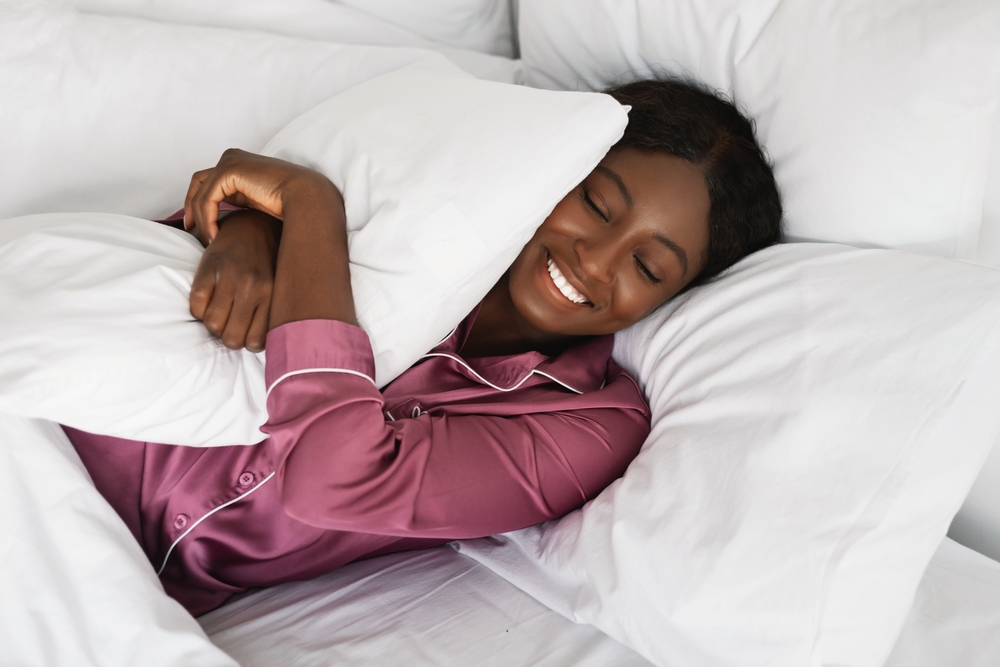Ergonomic Sleep Positions: Scientific Insights and Practical Tips
Explore how ergonomic sleep positions can improve posture, circulation, and overall comfort. This article explains the science behind incline and pressure redistribution, and gives practical tips for using adjustable beds, frames, and support systems while considering maintenance and sizing.

Ergonomic sleep positions influence how the body rests, recovers, and maintains structural alignment during the night. Scientific insights show that minor adjustments in posture, incline, and support can reduce pressure points, improve circulation, and enhance comfort without dramatic lifestyle changes. This article reviews practical, evidence-informed tips for using adjustable sleep systems and matching sleep positions to individual needs while noting longevity and maintenance considerations.
This article is for informational purposes only and should not be considered medical advice. Please consult a qualified healthcare professional for personalized guidance and treatment.
How does sleep ergonomics affect posture and circulation?
Good sleep ergonomics align the spine and decrease strain on supporting muscles and joints. When posture is maintained—neutral neck alignment, gentle lumbar support, and hips level—blood flow to tissues can improve, reducing numbness and waking discomfort. For people with circulation concerns, small changes such as elevating the knees or head slightly can help venous return or reduce acid reflux. Image-based pressure mapping studies suggest that distributing load across broader surface areas reduces stress on localized tissues, which supports both spine health and circulation during prolonged sleep.
What role does incline and support play in pressure relief?
Incline and support interact to redistribute pressure and increase comfort. A modest incline at the head can ease breathing and reflux, while a slight knee bend can relieve lumbar stress. Support materials—foam zones, adaptive layers, or targeted bolsters—help spread pressure away from hips and shoulders. Properly tuned support reduces peak pressure points that often cause tossing and waking. Combining incline adjustments with supportive surface design optimizes comfort for side, back, or combination sleepers while limiting localized pressure that may affect restorative sleep stages.
How can sizing and frames influence longevity and comfort?
Correct sizing and a sturdy frame matter for both comfort and product longevity. A mattress sized to allow natural limb extension and partner movement minimization reduces edge compressive forces and improves overall support. Frames that provide even support and avoid center sagging preserve internal layers and maintain consistent pressure redistribution over time. Oversized mattresses on under-built frames can accelerate wear; conversely, well-matched sizing and frame support extend lifespan and sustain the ergonomic benefits built into the mattress design.
How do motors, noise, and connectivity affect sleep quality?
Adjustable systems that include motors and connectivity add sleep-position options but also introduce factors like noise and electromagnetic elements. Quiet, low-vibration motors are less likely to disturb a partner and support smooth transitions between positions. Connectivity features—programmable presets or remote apps—can enhance consistent posture adjustments, but users should verify noise ratings and motor durability. For those sensitive to sound, models with reputation for quiet operation and low mechanical vibration will maintain the restorative environment needed for uninterrupted sleep.
What maintenance keeps pressure redistribution and support optimal?
Routine maintenance preserves an ergonomic surface and prolongs longevity. Rotating or flipping (if designed for that use), checking frame fastenings, and keeping motors free of dust help maintain even support and reduce uneven wear. Cleaning according to manufacturer guidelines prevents fabric breakdown that can alter pressure distribution. Inspect seams and edge supports periodically; early detection of sagging or compromised zones allows for corrective measures—such as adjusting slats or replacing support elements—before comfort and ergonomics are significantly affected.
Practical posture tips for different sleep positions
Back sleepers benefit from moderate lumbar support and a pillow that maintains neutral neck alignment; consider a small pillow under the knees to reduce lumbar extension. Side sleepers should aim to keep the head aligned with the spine, using a pillow of the right loft and a slight knee bend with a thin pillow between knees to keep hips level. Stomach sleeping is least supportive for spinal alignment; if unavoidable, use a very thin head pillow and slight pelvic elevation to reduce lumbar strain. For all positions, incremental incline adjustments can help circulation and comfort without drastic changes.
In summary, applying scientific principles of ergonomics—alignment, pressure redistribution, and appropriate support—can make measurable differences to sleep quality and comfort. Thoughtful choices around incline, sizing, frames, motors, and ongoing maintenance help preserve both function and longevity while addressing posture and circulation needs. Personalized adjustments, informed by basic ergonomic rules and, when appropriate, professional advice, lead to the most consistent improvements in nightly rest.





